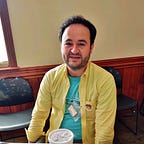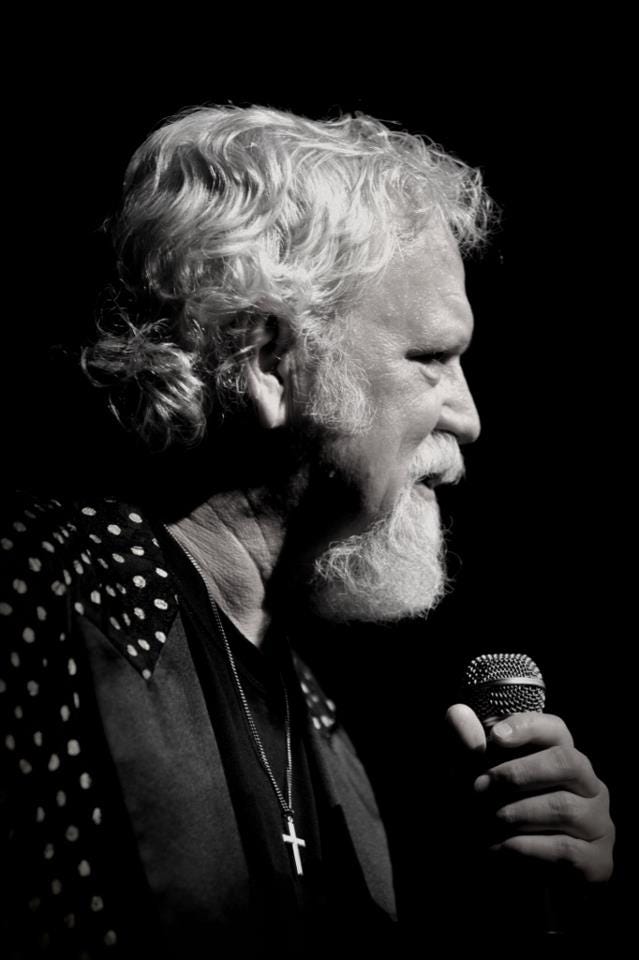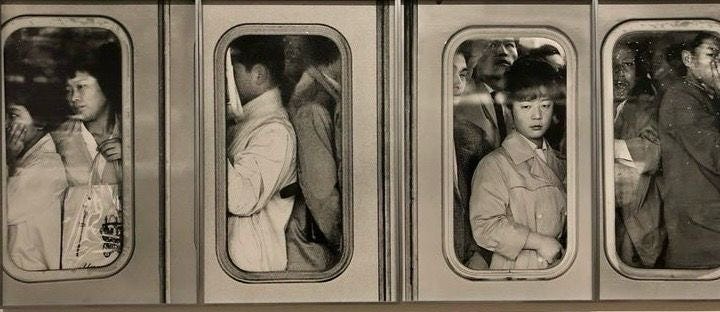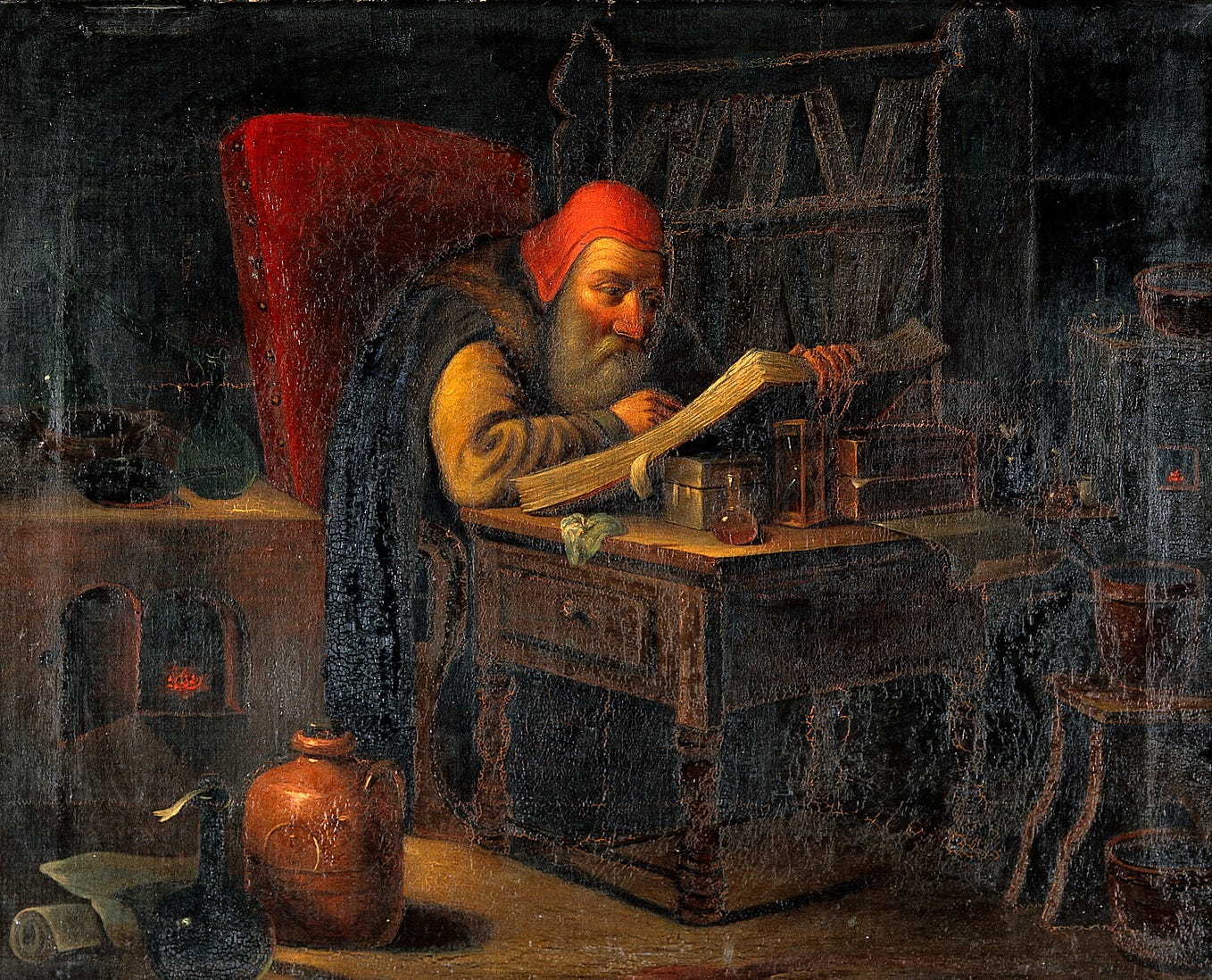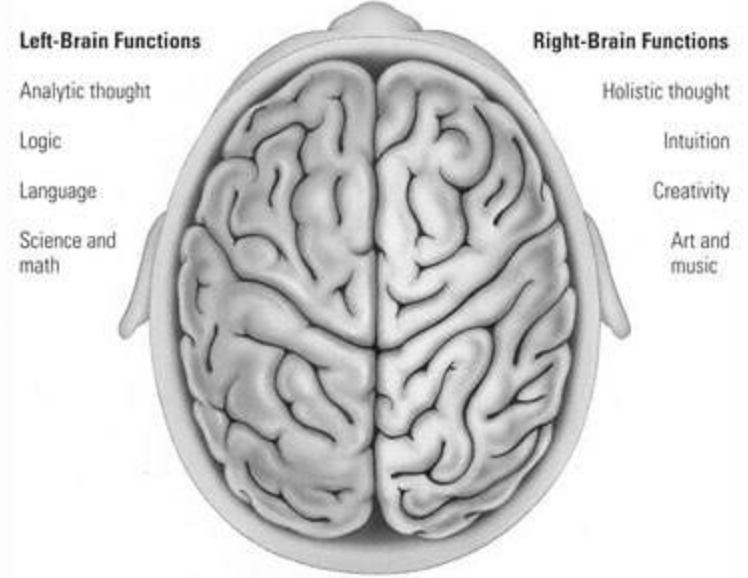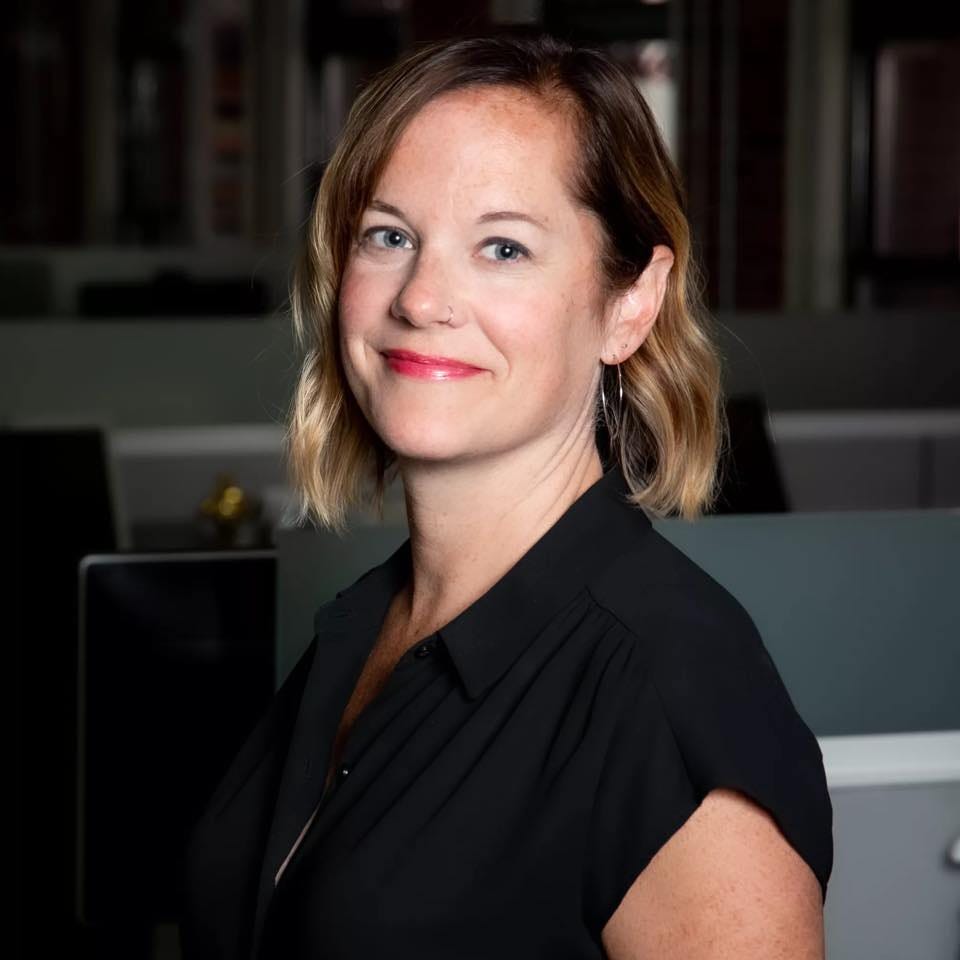The 25th anniversary redux of Roy Orbison’s landmark final album, ‘Mystery Girl’
“I’ve been away from you for so long…still every time I think of us I get blue…but all I can do is dream you.” Listening to the intoxicating operatic croon of Rock and Roll Hall of Famer Roy Orbison generates chills over 30 years after his sudden passing of a massive heart attack only two days after performing onstage for adoring fans at the Front Row Theater in Highland Heights, Ohio. Orbison’s hard-earned comeback sadly came with the paramount price.
The 25th anniversary of Mystery Girl, the perpetually shaded balladeer’s final, ironically best-selling album released two months after his death, was commemorated with the release of a deluxe edition available in various configurations by Sony’s Legacy Recordings, an imprint responsible for an acclaimed series of original album reissues by Elvis Presley, among others.
Mystery Girl — Deluxe comprises the album’s original 10 songs, spearheaded by “California Blue,” She’s a Mystery to Me,” the Top Ten smash “You Got It” — Orbison’s first bona fide hit since the mammoth “Oh, Pretty Woman” 25 years earlier — alongside nine previously unreleased studio and work-tape demos.
The most notable is “The Way Is Love,” comprised of a digitally enhanced Orbison vocal track produced by John Carter Cash — son of Orbison’s legendary Hendersonville neighbor Johnny Cash — at Cash Cabin Studio and layered with brand new guitar, drum and vocal accompaniment by Orbison’s three sons — Roy Jr., Alex and Wesley. The elder Orbison recorded his original vocal pass on a boombox cassette player during a writing session with longtime co-writer Bill “Pretty Woman” Dees.
A press release supplied by Orbison’s estate supplies in-depth details below. The package includes “Mystery Girl: Unraveled,” an exclusive one-hour documentary chronicling the song-by-song creation of Mystery Girl through rare and intimate archival footage and the memories of those who were there. In addition to the “Mystery Girl: Unraveled” documentary, the DVD includes eight Orbison music videos, four of which are previously unreleased including a piece documenting the renewal and rebirth of “The Way Is Love.”
Mystery Girl — Expanded is an audio-only version of the original Mystery Girl album with five tracks added to the line-up including “The Way Is Love.”
Mystery Girl — Deluxe LP is available as a collectible 2 LP set, struck on 180 gram 12″ vinyl for audiophiles, vinyl aficionados and Orbison fans, in general. The set includes the original album’s track listing on one LP and the nine bonus tracks offered on the Mystery Girl — Deluxe CD on the second LP.
Executive produced by “Roy’s Boys” (Wesley Orbison, Roy Orbison, Jr. and Alex Orbison) and directed by Alex Orbison, “Mystery Girl: Unraveled” features new interviews with Billy Burnette, John Carter Cash, Mike Campbell, Steve Cropper, Richard Dodd, Jim Keltner, Jeff Lynne, David Malloy, Tom Petty and Orbison’s three sons. The film also incorporates never-before-seen interviews with Bono, Barbara Orbison, Jeff Ayeroff and others, all sharing insights into Orbison’s life and work.
Archival footage includes revelatory sequences lensed, literally, in Mike Campbell’s garage (aka “Mike’s Garage,” where much of the album was recorded) in addition to breathtaking studio sequences and live footage shot around the time of the album’s recording.
“Mystery Girl: Unraveled” concludes with new documentary footage illuminating the creation of “The Way Is Love.” Orbison’s vocals were found on a previously unheard Orbison/Bill Dees work-tape, originally recorded on a boombox cassette player, and meticulously stripped out for this extraordinary new recording.
Produced by John Carter Cash and engineered by Chuck Turner, Orbison’s vintage “The Way Is Love” vocal was taken to Cash Cabin Studio in 2013. Realizing a life-long dream to record with their father, Wesley and Roy Jr. played guitars on the song with Alex handling the drums and all three sons bringing background vocals to the mix.
“Cutting a track with my brothers was more incredible than I can describe,” said Alex. “I have been looking forward to this for my entire life.” Roy Jr. noted that “More or less the reason Alex and Wesley and I are musicians was to play in Dad’s band when we got older” and Wesley summed it up nicely, “I think we really got something special.”
Everyone involved with Mystery Girl sensed the magic in Orbison, who was enjoying a full creative renaissance and resurgence of popularity in the final year of his life. One of Orbison’s classic recordings, “In Dreams,” memorably lip-synched into a hurricane lamp by Dean Stockwell, had served as a key thematic element in David Lynch’s Blue Velvet, igniting a renewed interest in the Big O.
In a series of bold aesthetic moves, Orbison directly addressed his legacy, first with Class of ’55 (a 1986 reunion album with fellow Sun Records alumni Johnny Cash, Jerry Lee Lewis and Carl Perkins) and then, In Dreams: The Greatest Hits, where Orbison recut many of his biggest songs.
At this same time, Orbison became a founding member of the Traveling Wilburys, the roots rock super group also featuring Bob Dylan, George Harrison, Jeff Lynne, and Tom Petty. It was during work with the Wilburys that the vision for Mystery Girl, a new Orbison album made of original songs from a variety of writers–including Orbison, Diane Warren, Elvis Costello, Wesley Orbison and U2′s Bono and the Edge (among others)–began taking shape.
“When he sang it, it was absolutely magnificent,” said Jeff Lynne, who would produce tracks for Mystery Girl. “His voice, I had never heard a voice like that live, you know, in the studio, ever…. He had this wonderful spirit, almost like a kid in many ways. He was just a happy guy. I love him. One of the proudest things I’ve ever done is to have become his friend. I’d look at him and just go, ‘Wow, it’s him. The Big O.’”
Orbison’s core group of musicians on the original Mystery Girl recordings included Jeff Lynne (guitar, piano, bass, backing vocals), Tom Petty (acoustic guitar, backing vocals), Mike Campbell (guitar, bass, mandolin), Jim Keltner (drums), Howie Epstein (bass, backing vocals), and Benmont Tench (piano, organ, cheap strings). Contributing artists on the album include Barbara Orbison, Roy Orbison, Jr., Al Kooper, George Harrison, Bono, T Bone Burnett, Steve Cropper, and the Memphis Horns.
“I was just taken by how amazing this guy was. Just sitting, singing softly, sitting on the sofa with an acoustic guitar, his voice was unbelievable.” remembers Petty. “The music will live on, you know; it’s very timeless music.”
Mike Campbell added, “Any time I hear one of Roy’s songs, wherever I am, I just stop and listen to it and he’s there, you know. His artistry and his voice and his spirit and the depth of his soul is so unique and it just connects with you in such a deep way…. He just had a way of getting into your heart.”
“He was a real innovator, truly a great singer,” said Bono. “The real rebels to me always had manners. Elvis, you know, and Roy, Roy was a true gentleman. And that’s a scary thing in a man, do you know what I mean? A man that’s so sure in himself that he can be polite.”
Legendary guitarist Steve Cropper has the ultimate tribute. I’ve only met basically three, maybe three-and-a-half, of what I call ‘light bulbs’ in my life,” admitted Cropper. “And what I mean by ‘light bulbs’ is they’re the brightest one in the room and when they walk in the door every head turns. Every head. Not just a few, not some people still talking in the corner. It’s like everyone stops what they are doing. Elvis Presley, Otis Redding and Roy Orbison. And I saw that happen to Bill Clinton. So, there you go. I’ve never seen that happen to anybody else, ever.”
******************DON’T GO ANYWHERE YET!*******************
Further Reading: Did you know that Rick Nelson covered “Down the Line,” the first song composed by Roy Orbison, on his million selling second album in 1958? Decades later, Nelson was a member of the all-star vocal group on John Fogerty’s reverential “Big Train from Memphis,” the last cut on the Class of ‘55 album. Nelson was on the verge of a comeback when his plane tragically caught fire en route to a New Year’s Eve gig three scant months after his guest appearance with Orbison. A rockabilly-themed album was nearing completion, and the singer had found a new record label in Nashville, Curb Records. Unfortunately, the project was promptly placed in the dustbin whilst various figureheads argued over rights and whether Nelson’s vocals were satisfactory. The “Garden Party” songwriter’s manager, Greg McDonald, made a surprise appearance on satellite radio and gave a very encouraging lowdown on the current status of the project and whether it might ever see the light of day.
Exclusive Interview: The Master of Telecaster, James Burton, is a charter member of legendary ’60s L.A. studio wizards the Wrecking Crew. Burton has supported a who’s who list of preeminent movers and shakers in a nearly 60-year career — notably Elvis Presley, John Denver, the Beach Boys, Simon and Garfunkel, Merle Haggard, and Brad Paisley. Burton played with Orbison on the incendiary comeback concert, 1987’s A Black and White Night. The guitar maestro joined Rick Nelson 30 years earlier for the driving “Stood Up” b/w “Waitin’ in School” rockabilly single, soon rooming with the Nelson family and ultimately forging an 11-year friendship with the handsome singer. To read a revealing in-depth feature with the Rock and Roll Hall of Famer commemorating his fascinating journey with Nelson [“Six-String Brothers: Louisiana Guitar Slinger James Burton Champions the Timeless Allure of Rick Nelson”], simply click on the highlighted link.
© Jeremy Roberts, 2014, 2017. All rights reserved. To touch base, email jeremylr@windstream.net and mention which story led you my way. I appreciate it sincerely.
